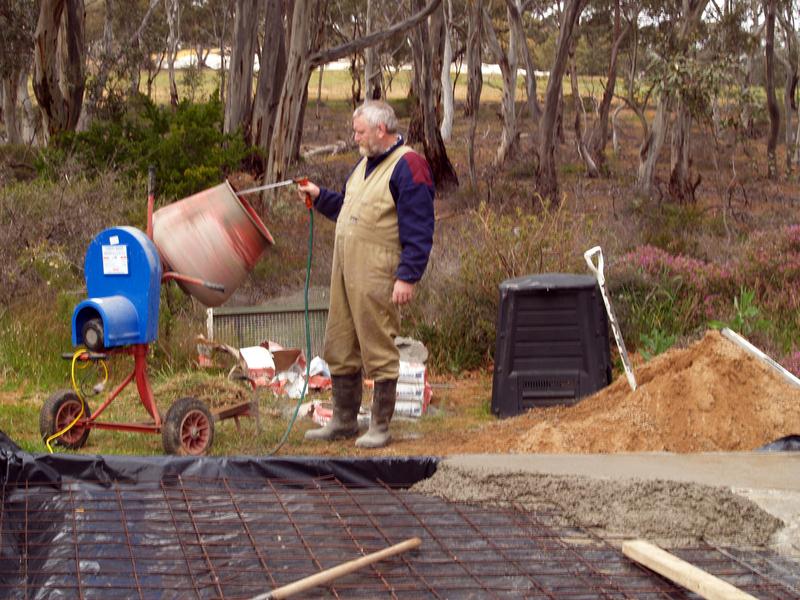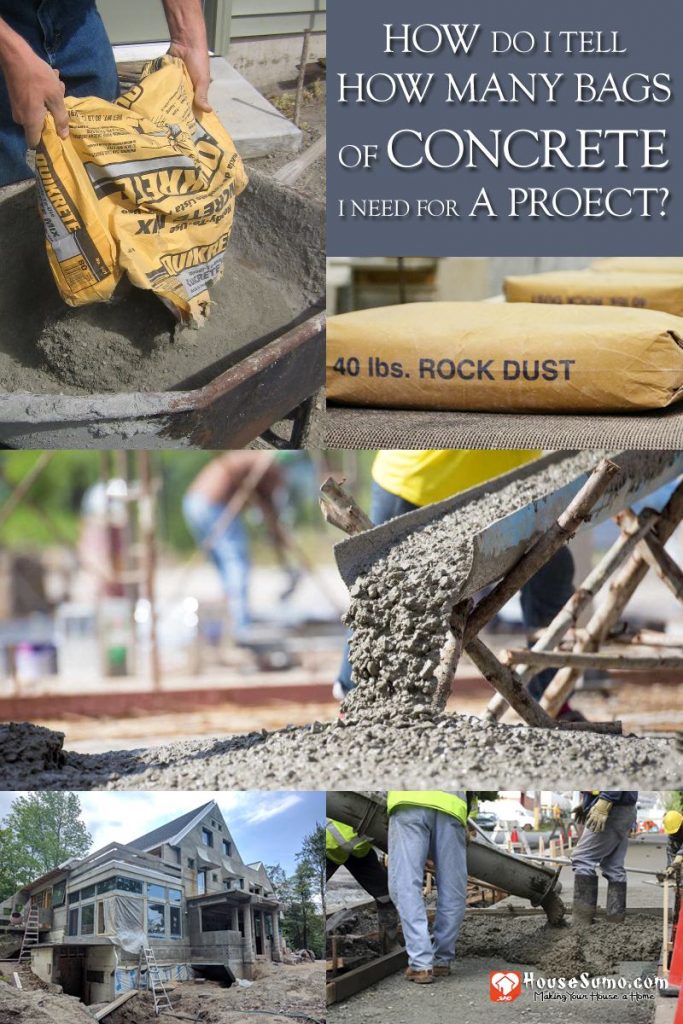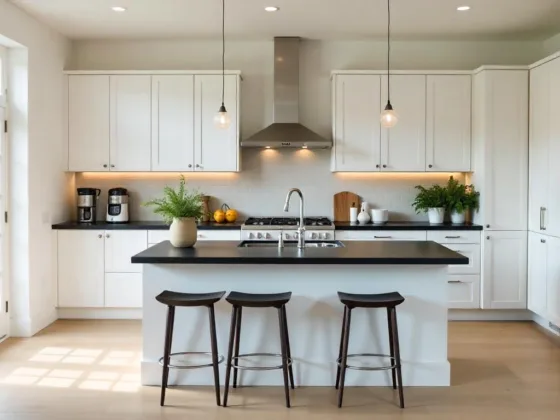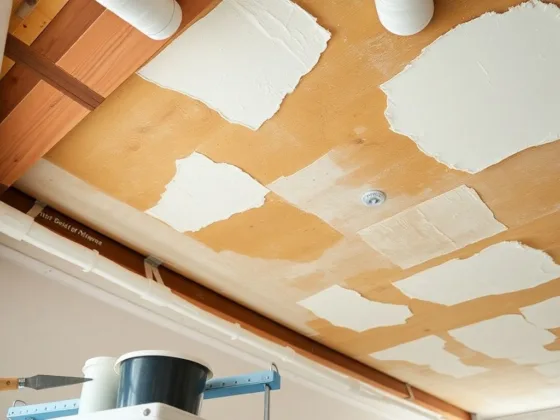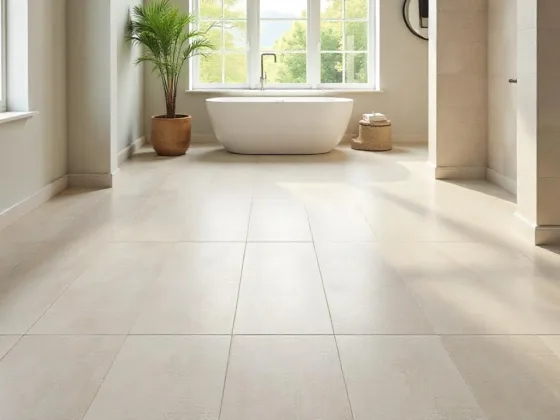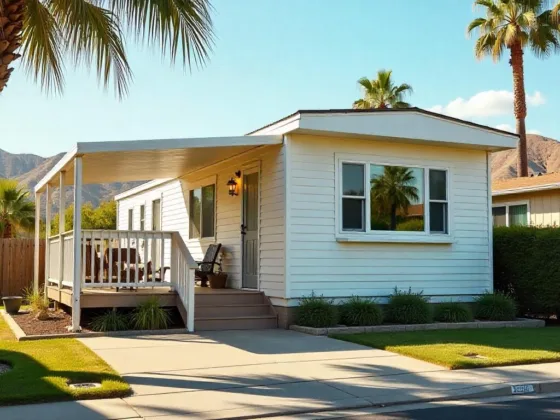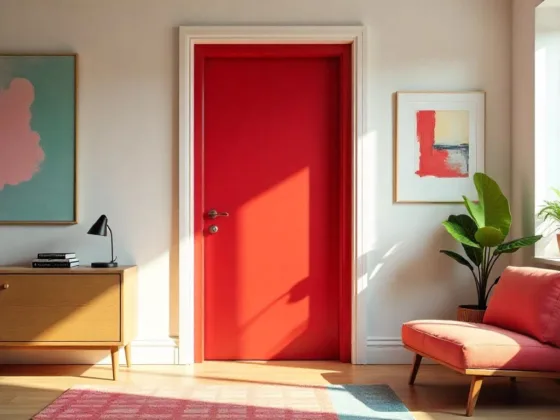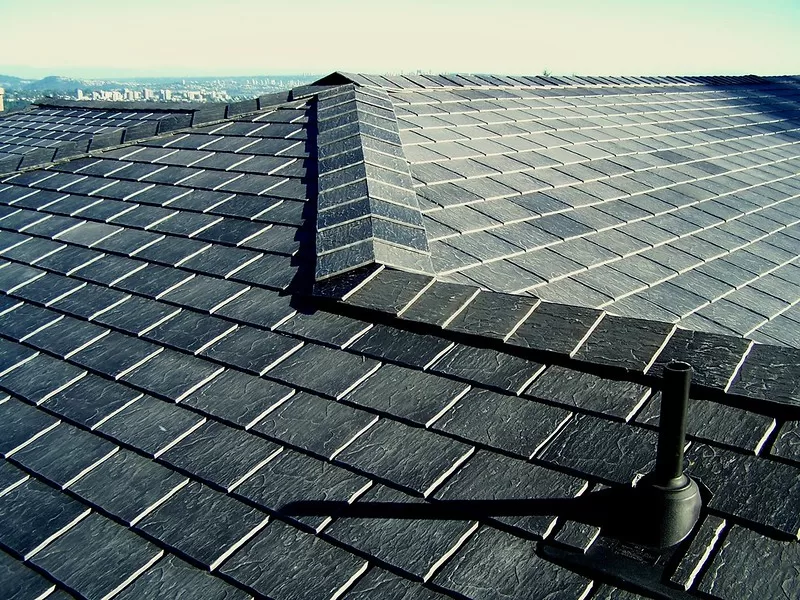Are you wondering, “How many bags of concrete do I need for this project?” Learn how to calculate concrete volume and convert that into the number of bags of concrete required for your project. We’ll cover rectangular areas, circular footings, fence posts, and complex areas that include curves.
Overview
Many outdoor and a few indoor projects around the home require concrete. When small quantities are needed, it is better to purchase bags of concrete mix rather than have it premixed and delivered. So, just how many bags of concrete do I need for a project? It’s all about volume and calculating it correctly.
Concrete Bags
Regular concrete mix sold at lumber yards and home centers comes in different-sized bags ranging from 40 to 80 pounds. An 80-pound bag yields approximately 0.60 cubic feet of concrete. 60-pound bags yield 0.45 cubic feet and 40-pound bags just 0.30 cubic feet. The actual yield is approximate because the amount of water added to the mix may vary. 60 to 80 pounds is a lot of weight to lift, carry, and handle. If you don’t feel up to that, you can buy the smaller bags instead.
Concrete Volume
How much concrete do I need? Let’s look at some different home projects and learn how to calculate the volume required for each one. Concrete should always be at least two inches thick, and often a thicker amount is necessary. Always round up the number of bags calculated and always buy five percent more concrete (by volume) than you think you’ll need to account for spillage and irregular fill levels.
Concrete Pad
The pad we’re doing is 8 feet by 9 feet and 3 1/2 inches thick. First, we convert all our units to be the same, and we need cubic feet as a result. 3.5 inches ÷ 12 inches per foot = 0.292 feet, therefore, our pad is 8 feet x 9 feet x 0.292 feet.
Calculating volume for a rectangular or square pad is easy. Length x Width x Depth = Volume required. 8 x 9 x 0.292 = 21.024 cubic feet. So, how many bags of concrete do I need? Number of 80-pound bags = 21.024 ÷ 0.60 = 35.04. 60 pound bags = 21.024 ÷ 0.45 = 46.72 and 30 pound bags = 21.024 ÷ 0.3 = 70.08 bags.
Deck Footings
For deck footings, we calculate the volume of a cylinder. For this example, we’ll assume the footings have to be 3-feet deep and have a 10 inch diameter.
The volume of a cylinder is the radius x radius x pi x height. The radius is 1/2 the diameter. Our radius is 10 inches ÷ 2 = 5 inches. Then we convert inches to feet. 5 inches ÷ 12 inches per foot = 0.42 feet. Pi = 3.14. Putting it all together, we get 0.42 x 0.42 x 3.14 x 3 = 1.66 cubic feet. 1.66 cubic feet ÷ 0.6 cubic feet per 80 pound bag = 2.77 eighty pound bags per footing.
Fence Post Holes
Fence post calculations are similar to deck footing calculations, except, we have to exclude the volume of the fence post itself. For our example, we’ll use an 8-inch diameter post hole and a 4-by-4 fence post. The holes will be 3 feet deep.
Our hole radius = 0.33 feet (8 ÷ 2 = 4. 4 ÷ 12 = 0.33). 0.33 x 0.33 x 3.14 x 3 = 1.03 cubic feet of hole volume.
Now we calculate the volume of the fence post. A 4-by-4 post is actually 3.5 inches by 3.5 inches. Converted to feet, this is 0.292-by-0.292 feet. We calculate the post volume the same as for a pad. 0.292 x 0.292 x 3 = .26 feet for the post.
How much concrete do I need? Concrete volume = hole volume – post volume = 1.03 – 0.26 = 0.77 cubic feet per post hole. How many bags of concrete do I need? 0.77 ÷ 0.6 = 1.3 80-pound bags of concrete per post hole.
Complex Areas
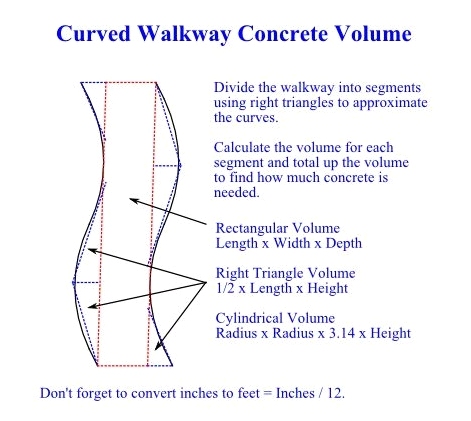
Complex areas can be broken down into small sections. The volume of each section is calculated and totaled. Break down a curved walkway into rectangular and triangular areas. Calculate the volume of each area and add it up. The volume of a right triangle = length x width x 1/2 x depth.
Conclusion
Calculating the right amount of concrete bags for your project is simple once you understand volume. Measure your area, convert dimensions to feet, and calculate the total cubic feet needed. Add a little extra for waste and uneven spots—about 5%. Use this number to decide how many bags of concrete mix to buy. It’s a straightforward way to finish your project on time and within budget. Always double-check your measurements and buy a little more—your future self will thank you.
FAQs (Frequently Asked Questions)
To calculate the volume for a rectangular pad, use the formula: Length x Width x Depth. Ensure all measurements are in the same units (feet), and remember to convert inches to feet when necessary. For example, an 8-foot by 9-foot pad that is 3.5 inches thick would result in a volume of 21.024 cubic feet.
Regular concrete mix bags come in various sizes, typically 40, 60, and 80 pounds. An 80-pound bag yields approximately 0.60 cubic feet of concrete, a 60-pound bag yields about 0.45 cubic feet, and a 40-pound bag yields around 0.30 cubic feet.
For deck footings, calculate the volume of a cylinder using the formula: Radius x Radius x Pi x Height. Convert the diameter to radius and then from inches to feet. For example, for a 10-inch diameter footing that is 3 feet deep, the volume would be approximately 1.66 cubic feet.
To find the amount of concrete for a fence post hole, first calculate the volume of the hole, excluding the post itself. For an 8-inch diameter hole that is 3 feet deep, the volume is approximately 1.03 cubic feet. Then calculate the volume of the post (using its dimensions), and subtract it from the hole volume. Finally, divide the result by the yield of the concrete bag to get the number of bags needed.
For complex areas, break them down into smaller, manageable sections. Calculate the volume for each section separately, using the appropriate formulas for rectangular and triangular areas. Once you have the volume for each section, total them up to find the overall volume needed for your project.

